Get up to speed with this Netflix original series that combines Norse mythology and teen drama.
After two successful seasons, fans around the world, including myself, are eagerly awaiting a release date for the third. Sadly, it's been confirmed it will be the last, so we’re expecting big things as the tale draws towards its conclusion.
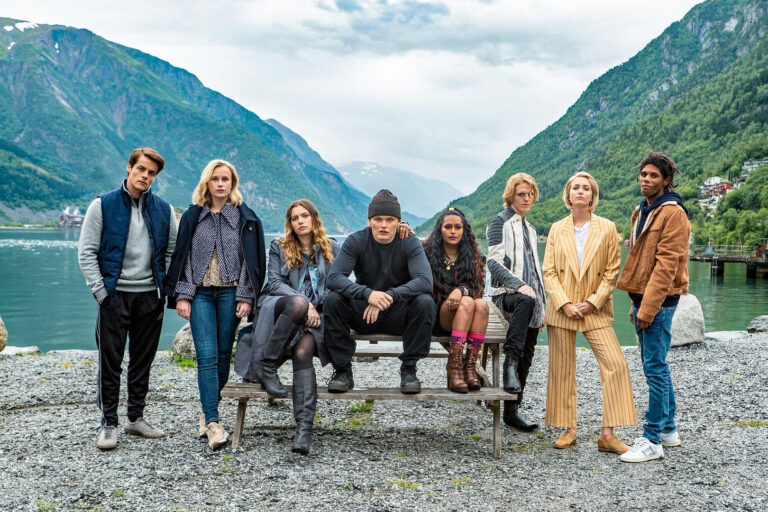
Ragnarok received mostly positive reviews, with 70% on Rotten Tomatoes. Audiences give it an 87% rating on the site, and the series also rates 7.5 out of 10 on IMDB. Clearly, they’re doing something right!
If you’re not already on board, this is the perfect time to take a look at where we’re at in the story. Hopefully this can convince you that it’s way past time that you dived into Ragnarok.
I’ve had to include a few minor spoilers here, but there’s nothing that will ruin your enjoyment of the series.
There’s something odd about the setting
The setting for the TV series Ragnarok is a fictional small town called Edda. This is named after the Eddas, the main sources of Norse Mythology compiled in the 13th century by the Icelandic historian Snorri Sturluson.
When the producers were scouting locations for Ragnarok they didn’t have to look very far. The town of Odda is almost designed to be a perfect Norse Mythology location – and the name is only one letter away too!
Lying at the end of the lesser known Sørfjord and sandwiched between two national parks, the town looks like the whole of Norway distilled into one area.
Even better, however, is Trolltunga – a rock formation that juts out impressively from the landscape and appears to hover 700 metres above the lake, like a troll’s tongue.
Ragnarok uses Odda’s strengths well in telling its story. The town has everything you need in a supernatural teen drama: a school, a ‘hangout’ (in this case the Odda Grill), a supermarket, and a factory for the adults to work at.
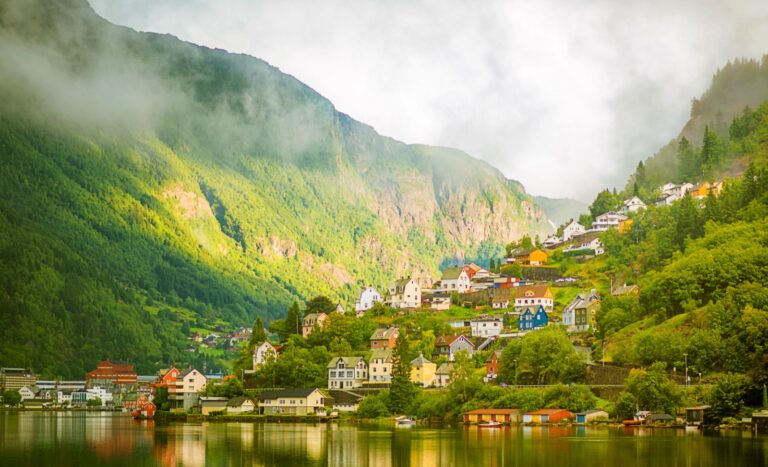
It also has the Trolltunga where characters can strip naked and feast on a warm heart ripped directly from a frolicking reindeer!
The Norse Gods
Along with the usual problems that teens face, like finding partners and coping with parents, some of the teens have even more pressing problems. In fact, as the show goes along we discover that several of the teens are actually gods from Norse Mythology!
Magne, the main character, is the reincarnation of Thor, the famous God of Thunder. He’s slow to fully realise his powers, and at one point even begs to have them taken away. This is all part of how you come to terms with being a supernatural being.
Laurits, Magne’s brother, doesn’t seem to be all that special in the first season. He’s a bit of a joker, playing tricks on people and generally being the sort of ‘weird kid’ – popular but only to a point.
As time goes on, we find out that Laurits is basically Loki and he and Magne are only half-brothers.
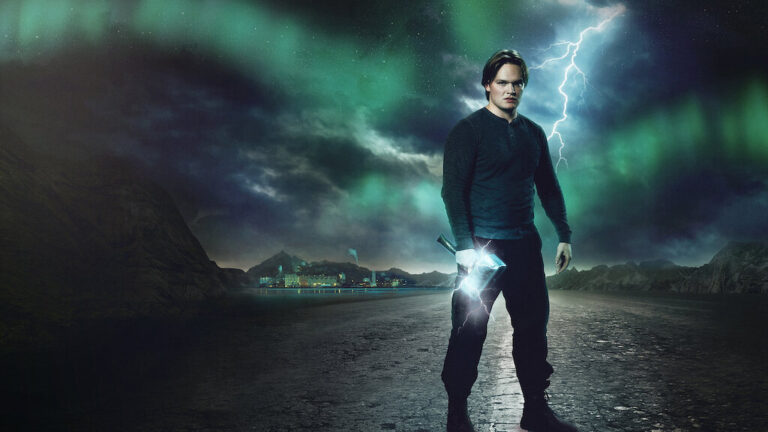
Iman, who works at the elderly care home as well as being a student, is actually the goddess Freyja. Known for being very charming, Freyja was said to be able to convince anyone to do anything.
In the series, Iman initially uses this to get material possessions for free but eventually comes round to helping Magne.
Along with these, we meet Tyr, the God of War, in the guise of Harry the local mechanic. There’s also Wotan – eagle-eyed viewers will recognise this name – a one-eyed elderly man who eventually becomes Odin, the wise all-father.
Helping everyone come to terms with all of this is Wenche – the supermarket assistant –who is the one to unlock Magne’s powers and set all of the action in motion. This is the role of the seeress, Volven, who speaks of how the world will end if men, gods and monsters don’t change their ways.
Music to your ears
Any Netflix drama series needs a great soundtrack and Ragnarok is no exception. From the first episode to the last, music plays a huge part in setting the mood of the show. There’s a whole range of genres, from electronic bands driving the plot along, to mournful singers providing a backing for when our heroes are struggling.
Music itself plays a part in the plot of the series. Specifically, some characters use music to tap into their supernatural selves, most notably during the slightly cringey ‘school dance’ scene.
Fjor takes over the DJ booth and puts on some ‘music in the old language’ which inspires him along with Saxa and Laurits, to put on a dazzling display of dancing that enchants and captivates everyone around.
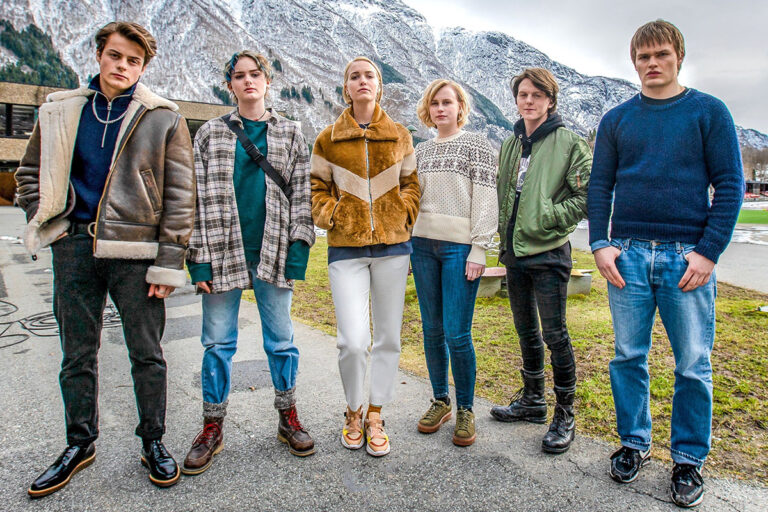
This scene is intercut with one of the school principal Ran, another of the giants, in her office getting down to some acts that you certainly wouldn’t expect of a teacher!
LGBT rights
One thing we know about Norse mythology is that nothing is quite clear cut when it comes to sexuality and gender identity. Loki is mostly perceived as a male but, amongst other things, gives birth to Sleipnir, Odin’s eight-legged horse.
So, when you map the stories into a modern context, it’s no surprise that LGBT issues come to the fore. In Ragnarok, this principally arises in the form of Laurits – the show’s Loki equivalent.
Laurits in the show is either gay or possibly bisexual. He’s very interested in both Fjor, one of the giants from the Jutel family, and also Jens, the main employee at the Edda Grill.
Through the series, the characters are trying to learn about Norse mythology both for school and also as they come to terms with who they actually are. This prompts Laurits to ask his teacher, if Loki gave birth, would that make him the first transgender person?
Laurits himself, while presenting as male, is not afraid to play around with gender image. He grows his hair long and at one point bleaches it blonde. He also wears nail polish and make-up as he seeks to express his identity.
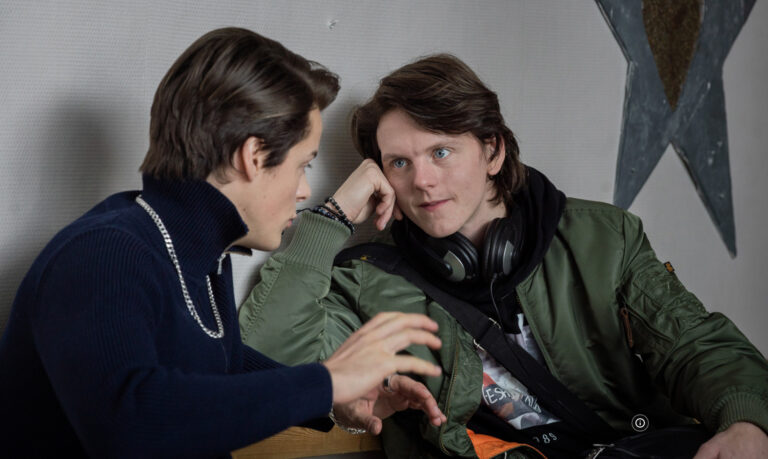
Seeing representation like this, and how it is accepted by the people around the town, is great for the LGBT community.
It’s a perfect time to get up to speed
As I mentioned earlier, the third and final season is currently in the works over at Netflix. This means that now is the perfect time to get up to speed with the series in readiness for what is sure to be a grand finale.
At this stage you have plenty of time to get yourself acquainted with the characters before the final battles of Ragnarok start to appear on screen.
We don’t have a release date yet but we’re hoping, of course, that Netflix will take however long it needs to tell the story in the right way and give our heroes the ending they deserve!
You know what you’re getting into
Following on from that, of course, is the fact that, at only two seasons so far, Ragnarok is a pretty short series overall. One of the strengths of knowing when a series is ending is that you know exactly how much time you will need to devote to it.
While we don’t know how long season threewill be, if it holds true to the first two series, which have six episodes each, then that will bring the total to 18 episodes.
At around 45 minutes per episode that’s a little over 13 hours of watching pleasure. For most people who prefer to binge-watch their Norwegian TV, that’s less than a week!
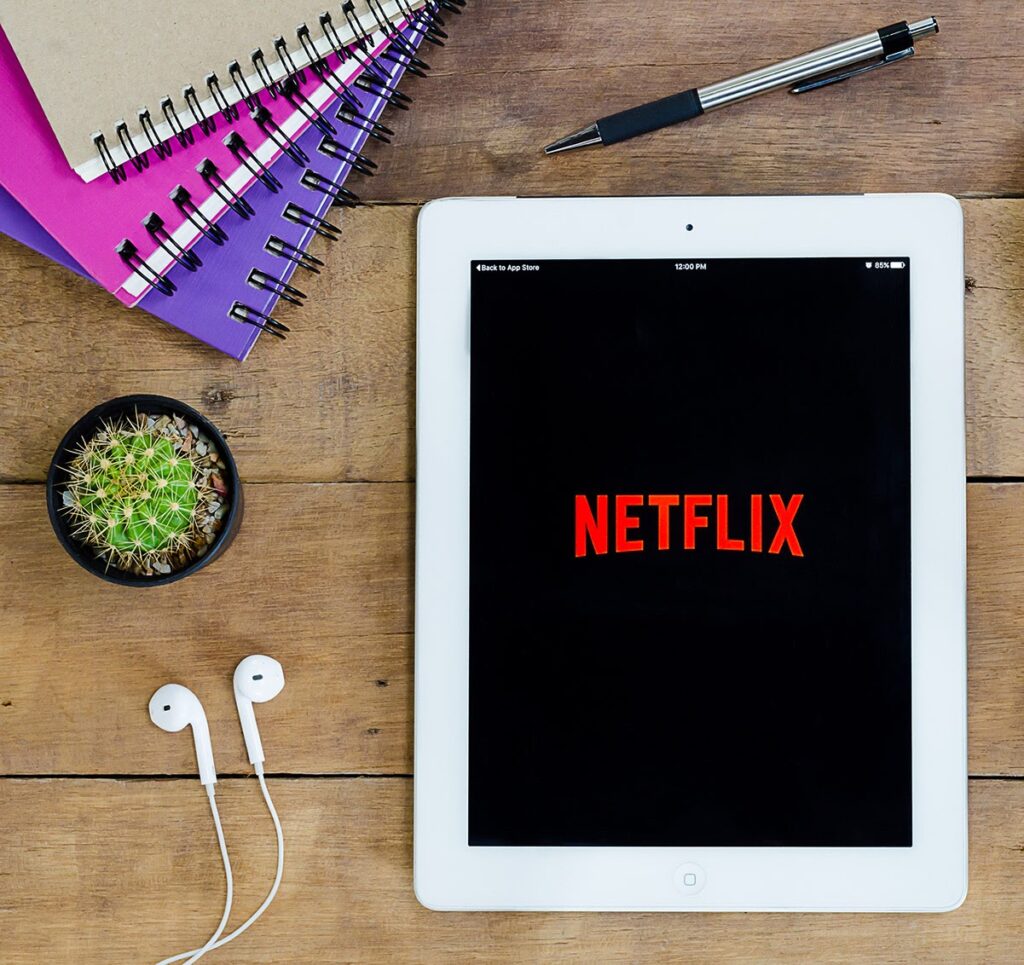
I know that when I watched the first two seasons it took me less than a week, and I’m planning to finish the final season over two or maybe three nights when it finally drops.
Highlighting climate change
Norway is one of the countries at the forefront of the fight against climate change. Along with other countries with long coastlines and vast natural beauty, they have a lot to lose from rising sea levels and increasing temperatures.
And of course, Norway’s relationship with the climate is an odd one. While it’s forging ahead in some ways–98% of the country’s domestic electricity use is from renewable sources–it's also one of the world’s biggest extractors and sellers of fossil fuels.
This dichotomy is not unique to Norway, but it does mean the country is well placed to star in stories about climate change.
In Ragnarok, the climate is clearly positioned as the thing that everyone should care about, but nobody does. The Jutul family, with their huge factory, have been poisoning the water and contributing to the melting of the glacier that sits above the town. It falls to Isolde initially to try to raise the alarm.
The show does a great job of pointing out that, yeah, it’s fine to worry about climate change but what is the alternative? If the factory closes down, no one in the town will have a job.
This is one of the central issues facing climate change activists for years. Yes, we need to do something but until there are viable alternatives it will be impossible to change anything.
Above all, it’s realistic
One of the main things that critics have agreed on around Ragnarok is that its portrayal of small town Norwegian life is one of the most realistic available.
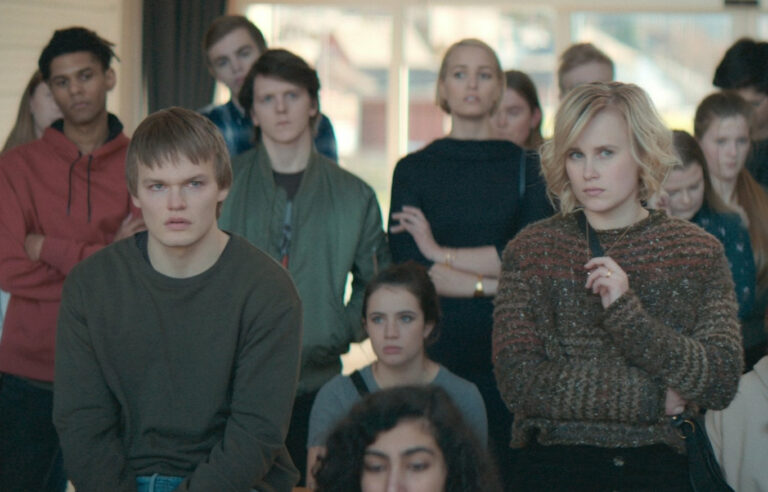
In stark contrast to most series, which aim to show either a perfect utopia or an unlivable hellscape, Ragnarok actually shows the world more closely to how it really is.
The school experience—though I must admit I’ve not spent any time in a Norwegian school—seems authentic.
Rather than the deep entrenched cliques and masses of bullying, there’s groups of friends but with a lot of overlap between them. It’s certainly a lot closer to how things were at my school in England, and everyone I’ve spoken to agrees.
One of the main strengths of filming in an actual small town and using its facilities is that you can easily show a real version of the world, even when lightning bolts are flying and giants are killing reindeer!
A great blend of the old and the new
More than anything else, Ragnarok, for me at least, does a great job of blending the old and the new. Bringing the Norse mythology forward into the modern world and mapping it onto modern day issues such as climate change and LGBT rights makes sense.
Nothing is ever going to feel perfect. Some of the mythology needs to be changed to fit around the lives of teenagers and their families in the modern world.
But the makers of Ragnarok have certainly made a decent attempt at answering the age old question “What if the Gods were just like us?”
Have you seen Ragnarok already? Have we inspired you to check it out? Let us know in the comments below.


I would give this series and A+
Realistic teens and small town life. The mysterious plot into the Norse God world with the battles between the gods and giants. Along with the plots cast of corporate bullying and pollution mixed with the health of the community. The schizophrenia leaving you at the end just in awe as you have 2 endings at once and the uncertainty of which is the truth but yet you are very satisfied to let your imagination enjoy that both are viable and you do not need to be told what to decide.
Right on Brian. I give it an A+ too and thought the ending left us with a wonderful choice to the see the whole series however we wanted. I’m an American with no knowledge of Norway or it’s myths so everything, both the real life story and the mythic story was delightfully unpredictable. Kudos to the creators and to a fantastic cast.
I’m intrigued by the premise of this series and am looking forward to watching it!